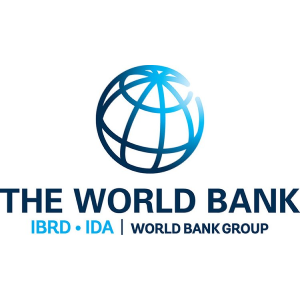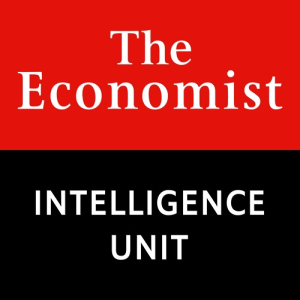Meet Bangladesh
THE RISING TIGER
Only 50 years old, Bangladesh is one of the youngest countries in the world with an unparalleled success story. In particular, its growth and development over the last decade have meant that this Rising Tiger’s roar has been heard across the world. A booming economy with remarkable improvements in almost all human development indicators are now coupled with major infrastructural developments, digitisation, climate change resilience building, ensuring food security and much more.
BOOMING BANGLADESH
Bangladesh has been growing rapidly for more than a decade. According to nominal GDP, it is the 41st largest economy in the world. The size of its GDP was USD 6.288 billion in 1972 which rose to USD 423.028 billion in 2022. For the last couple of decades, Bangladesh has been recognised as one of the most attractive hubs in Asia. It received record USD 21.031 billion remittance in 2021-22 and aspires to become a developed nation by 2041.
Fastest Growing Economy

7% average GDP growth in last 5 years (Pre-Covid 19) and more than 5.5% average GDP growth Post-Covid 19 to till now
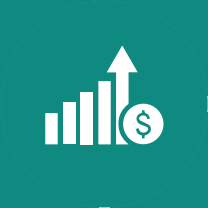
USD 2,824 per capita GNI in FY 2021-22 source: Bangladesh Bank

USD 21.031 billion remittances, 3% of GDP in FY 2021-22 source: Bangladesh Bank

USD 41.83 billion forex reserve in 2022 source: Bangladesh Bank

6.15% inflation in FY 2021-22 source: Bangladesh Bank

90% businesses express high confidence during COVID-19: survey source: Bangladesh Bank
DECADE OF DEVELOPMENT

25.8% of total government development allocation for the development of transport and communication sector in FY 2021-22

Investment to GDP ratio increased from 3.61% to 5.0% in last 9 year
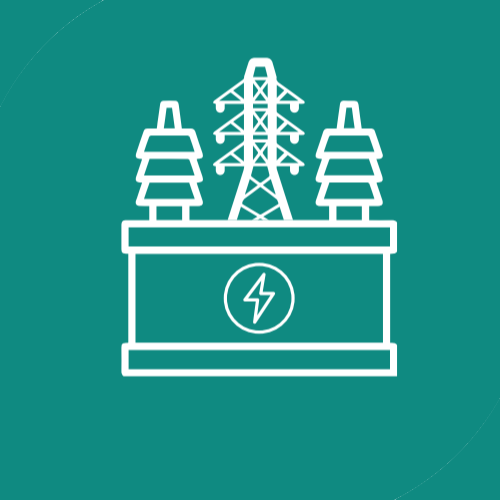
Power Capacity 22,348 MW in 2022 from 4,942 MW in 2009
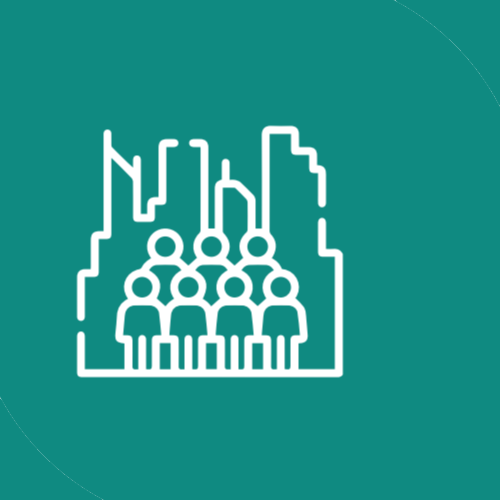
By 2040, half of Bangladesh’s population will be living in urban areas
PHYSICAL INFRASTRUCTURE
Massive investments in infrastructure development over the last decade have underpinned Bangladesh’s successes. The country’s electricity coverage has increased nationwide from 57% in 2009 to 100% in 2022. World class port infrastructure, airports, thousands of kilometers of rail networks, waterways, roads, and highways are being built, expanded or upgraded. To continue these investments in the future, in 2021 the Government launched Bangladesh Infrastructure Development Fund (BIDF), with an initial funding of USD 2 billion across the length and breadth of the nation.
SKILL DEVELOPMENT
Bangladesh has successfully created skilled human resources and achieving qualitative excellence in development sector since the last decade. The government has formulated the National Skill Development Policy 2011 and a 30-member Skill Development Authority (NSDA) governing body has been formed in 2020, headed by the Prime Minister to coordinate more skill development activities, training and employment. Moreover, a National Human Resource Development Fund (NHRDF) has been established for skill development activities and programs.
INFRASTRUCTURES TO ACCELERATE THE GROWTH OF INDUSTRIES AND TO TAKE FULL ADVANTAGE OF ITS STRATEGIC LOCATION

580 km coastline with 90% international trade done via Chittagong and Mongla ports

10 active land ports linking various states of India

Deep-sea ports - Matarbari and Payra ports to be completed by 2025

3 international and 5 domestic airports

22,418 km of highways and extensive network of quality roads

2,955 km of railways connecting all-over Bangladesh extensively

3 asian highways AH1, AH2 and AH41 and regional corridors like BRI, SASEC, BIMSTEC

93 economic zones have been approved so far
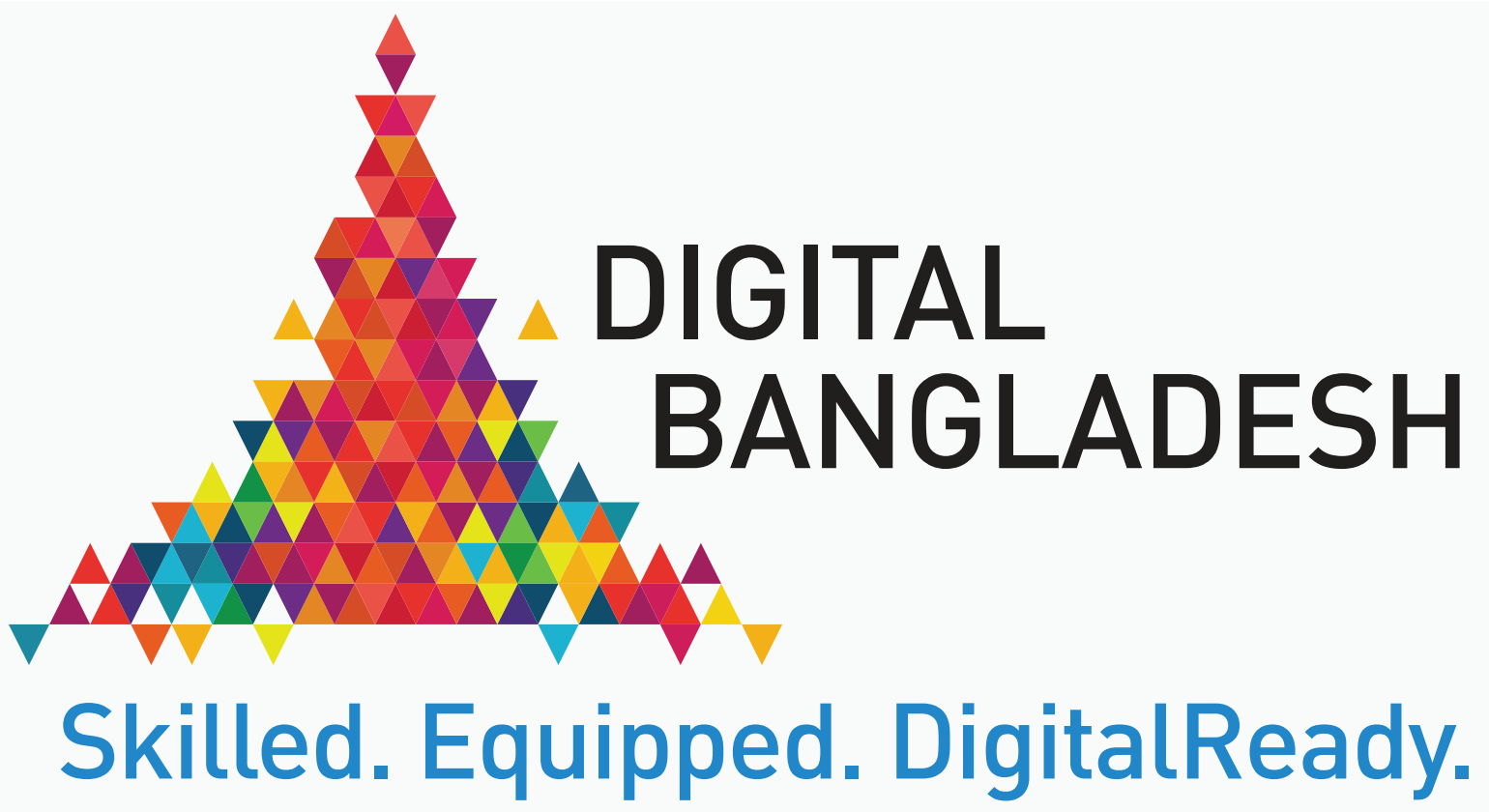
DIGITAL BANGLADESH
Since 2009, the national initiative ‘Digital Bangladesh’ has been substantial for Bangladesh’s transformative growth. It aims to deliver citizen-centric services through technology, increase digital literacy, ensure e-governance and encourage e-commerce while protecting peoples’ rights and ensuring accountability. A major achievement of the digital advancements in Bangladesh was the launch of the first satellite ‘Bangabandhu satellite -1’ – into space in 2018.


181.02
MILLION MOBILE PHONE SUBSCRIBERS

123.82
MILLION ACCESS THE INTERNET

45
MILLION ACTIVELY USE SOCIAL MEDIA
COMPETITIVE COST OF LABOUR
Bangladesh has the most competitive cost of labour compared to its competitors. The average monthly wage rate in Bangladesh is less than half compared to India, and less than one-third of the cost in China or Indonesia. Bangladesh holds a bright prospect of becoming the “next China” due to the availability of skilled and abundant young workforce. By utilising this advantage, Bangladesh has been successful in growing export-oriented labour intensive manufacturing industries. Following the success of the apparel industry, the country is now poised to achieve a speedy growth in other export sectors such as plastics, footwear, leather goods, light engineering products and IT services.
DEMOGRAPHIC DIVIDEND
Bangladesh’s demographic dividend holds a working-age population of more than 60%. Each year, 2.3 million young, tech-savvy and adaptive youths join an ever-growing workforce.

Bangladesh literacy rate reaches all time high of 74.70%
Source: UNESCO Institute for Statistics

Female literacy rose remarkably from 43.74% in 2007 to 71.18% in 2021
Source: UNESCO Institute for Statistics

45% of its population is aged below 24 years
Source: UNESCO Institute for Statistics

70% is aged below 40
Source: UNESCO Institute for Statistics

2.3 million young professionals enter workforce every year
Source: UNESCO Institute for Statistics


